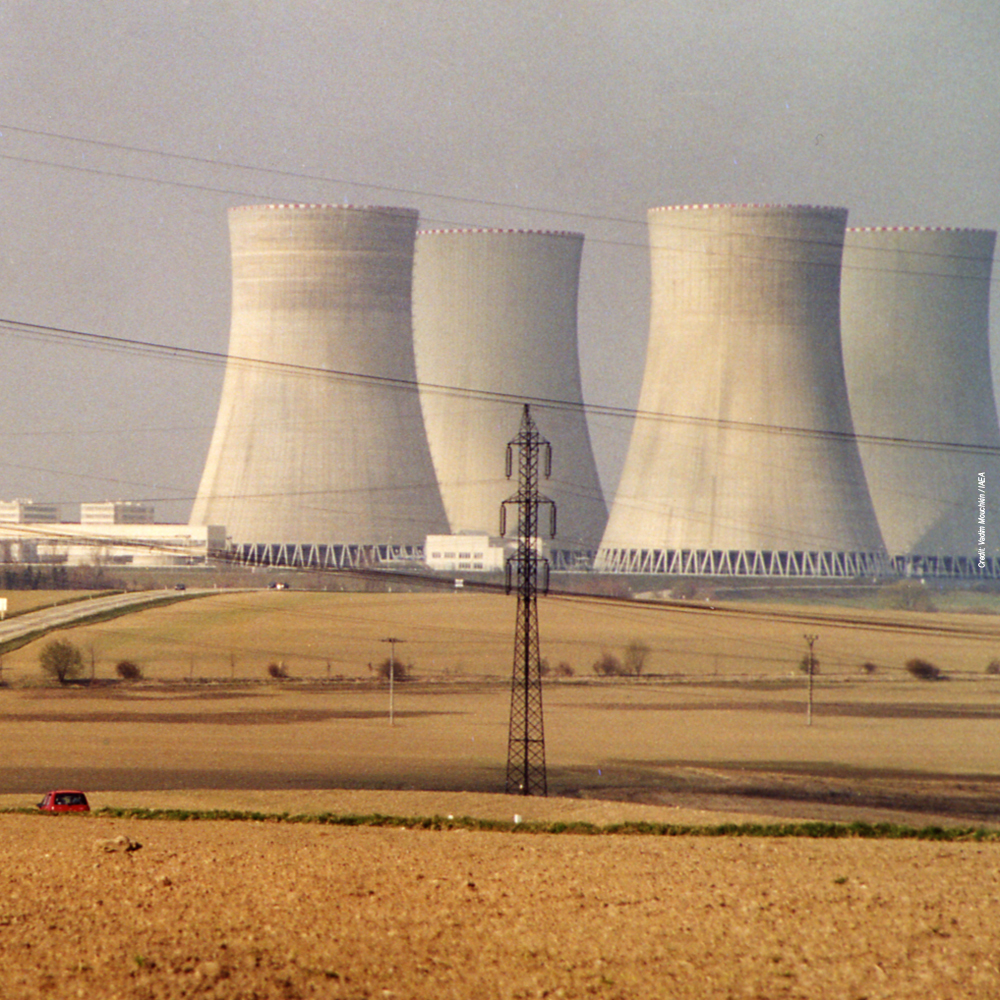An endling, the last member of an endangered species, lives above a cove in San Luis Obispo, County. Having endured on those grounds for four decades, it is likely to go extinct sometime in the 2030s. There is, however, a growing effort to not only save it, but to breed more of its kind.
We are, of course, talking about the Diablo Canyon Nuclear Plant, producing safe, clean and reliable energy since 1985, and the possibility that California will shed its atomic power fears and reverse its ban on nuclear energy.
The expansion of artificial intelligence is forcing policymakers to regain their natural intelligence. As AI grows, so does its thirst for electricity, which is going to upset the already precarious supply-demand gap as the state tries to electrify the economy while at the same time setting public policy that will result in energy shortages. The disconnect has created a “conundrum,” says CalMatters, that “has legislators considering what was once unthinkable: Bringing back nuclear power as a driver of innovation and economic growth, sort of like it was the 1960s all over again.”
Unthinkable as it might sound, it seems some in Sacramento “are pushing for exemptions to the state’s 49-year-old moratorium on the construction of new nuclear power plants,” according to CalMatters. It’s also possible that “the once-left-for-dead Diablo Canyon on the Central Coast, the state’s last operational” nuclear plant, will stay open beyond its scheduled 2030 closure. Pacific Gas & Electric, which operates the dual reactors, has said it’s ready for the possibility that the site will continue to produce energy longer than expected.
What we’re seeing, CalMatters tell us, are “signs of a subtle shift among state legislators and agencies,” the same people “who just a few years ago seemed assured in their determination to close the book on nuclear power in California.”
It’s a reasonable response, which will be hard to get used to in California because it has produced so much unreasonable public policy. Nuclear power is renewable, it emits no pollutants (nor even carbon dioxide, which is not a pollutant no matter how vigorously the climate zealots claim it is), and it is safe (there have been zero civilian deaths caused by atomic energy in this country and none caused by commercial nuclear reactors worldwide since the 1986 Chernobyl disaster in Ukraine that was caused by lousy Soviet engineering, training and operations).
Even the World Economic Forum, which has a reputation for promoting progressive ideology, has endorsed nuclear power, calling it “essential,” “so important to the world,” and “an extraordinary asset whose full potential we need to untap.”
So serious is the “subtle shift” in Sacramento, that Fresno Democratic Assemblyman Joaquin Arambula has introduced a bill this session that would require the Public Utilities Commission “to adopt a plan to increase the procurement of electricity generated from nuclear facilities” on or before Jan. 1, 2028.
It’s only a half-good idea, though, because it also requires the PUC “to phase out the procurement of electricity generated from natural gas facilities.” Natural gas makes up almost 37% of the state’s power mix. Replacing it 1-for-1 with nuclear power is long-term process that would surely extend beyond 2045, the year the state is supposed to be fully powered by a power grid that uses only sources that don’t produce carbon dioxide emissions.
But even a 1-for-1 replacement won’t be adequate. It’s not enough to keep up because even without figuring in the demand for AI, generation will lag demand by more than 21% to meet the state’s 100 percent electric vehicle mandate alone. That shortfall is only going to rise, most likely sharply, as artificial intelligence burns more and more (and more) electricity.
At least minds have been opened about nuclear power and there’s no shortage of efforts elsewhere to look for inspiration and guidance. The British believe that “increasing nuclear capacity is vital to meet(ing their) net-zero obligations,” while France has decided it’s going to tap its nuclear power in the race for AI supremacy. Global X ETFs noted last year that “Europe is working to bring nuclear energy back as a key component of its energy mix.”
California might not like being a follower in the nuclear renaissance, but it really has no other choice.
Kerry Jackson is the William Clement Fellow in California Reform at the Pacific Research Institute.

